
The absolutely atrocious August weather (75mm of rain in 24-hours!), led to the early curtailment of this particular walk, that was due to finish at the Worcestershire Beacon just outside Great Malvern. Instead it turned into a relatively short circuit around the amazing 2,500 year old hill fort on the border of Herefordshire and Worcestershire.

The heavy rain of the early afternoon fortuitously abated for a brief period, although the low cloud still hung around the summit of the fort which is 338 metres (1,109 feet) above sea level. In this type of sinister atmosphere you almost expected to hear the war cries of the garrison when they commence their attack as you climb to the very top of the hillside still shrouded in mist.

Comprising of extensive earthworks that must have made the location almost impregnable - anyone approaching the fort would have been spotted in a radius of fifteen miles in all directions - the site must have been of significant importance to the ancient Britons.

A ditch and counter-scarp bank circles around the entire site, which covers three hills, although those to north and south are little more than spurs. The first earthworks were constructed around the base of the central hill known as the citadel. At least four pre-historic phases of building have so far been identified on the site. Original gates appear to have existed to east, west and north-east sides of the fort.

British folklore suggests that the ancient British chieftain, Caractacus, made his last stand at British Camp. Excavation at Midsummer Hillfort (located near to British Camp) suggests evidence of violent destruction around 48BC. This may suggest that the British Camp site was also abandoned or destroyed around the same time.

The Shire Ditch, or Red Earl's Dyke, runs north and south of the site along the ridge of the hills. It was created in 1287 by Gilbert de Clare, the Earl of Gloucester, following a boundary dispute with the Bishop of Hereford. Recent research has shown that the Shire Ditch might actually be much older. Indeed there is some evidence that it may have started life as a pre-historic trackway running from Midsummer Hillfort to the Worcestershire Beacon, the highest hill in the Malvern range over three miles to the north of the Camp.

Soon after reaching the directional stone the heavy rain returned and it was time to head back to the car. A return in the near future to complete the leg to Malvern is essential.







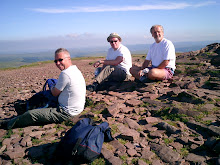


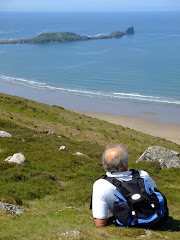


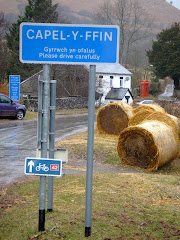
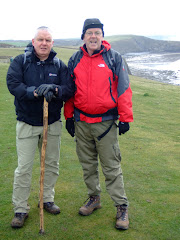


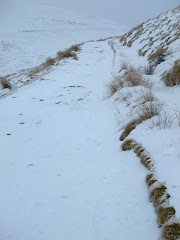


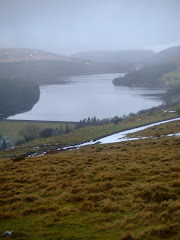





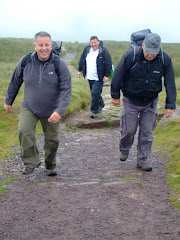








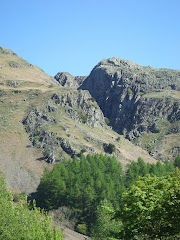
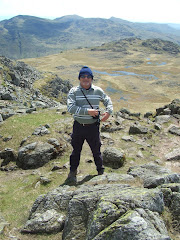
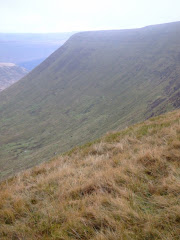

No comments:
Post a Comment